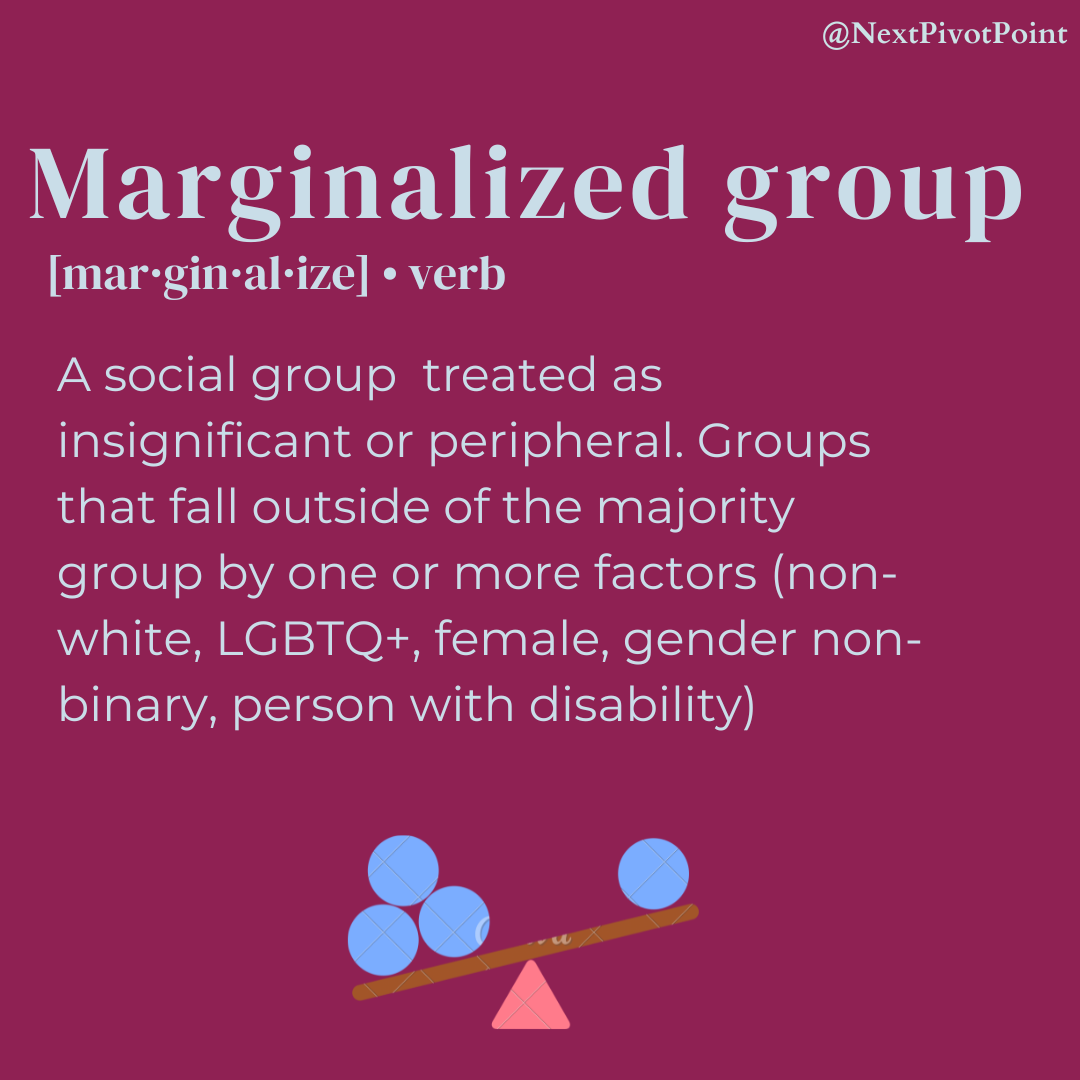In DEI work, it is critical that allyship focuses on the most marginalized communities first
In diversity work, it is critical that allyship focuses on the most marginalized communities first. When we focus on issues that affect people with one dimension of diversity, we can help all marginalized communities, yet the impact is far less.
Consider this example: a white, non-disabled, straight woman raises the issue about pay equity at her organization. The organization listens, conducts a pay gap audit and finds a gender pay gap (women still average 82% of the pay men make). The organization reviews gaps and raises pay for a portion of women affected. This benefits women, but does not address the inequities women of color face whom not only struggle with gender bias, but also racial bias. Their pay gaps are signficantly lower than white women and they even are less represented in leadership roles.
This allyship approach also omits other dimensions of diversity – disability, LGBTQ+, especially gender non-binary or trans folks given this is gender issue that was addressed in a binary way. The more layers of diversity an individual experiences, the more microaggressions they are likely to experience and the less represented they are likely to be in an organization.
When we start with an intersectional approach to allyship, we likely make it better for a larger collection of people. Starting with the most marginalized is pivotal to effective allyship as evidenced by:
- The curb-cut effect
- Challenges with centering
- The positive impact of inclusive language……
Read the rest of this article by Julie Kratz on Forbes.com
At Next Pivot Point we have lots of resources to help you facilitate successful diversity and inclusion initiatives. Schedule some time with our team today to discuss where to start or how to do better. You can also check out:
- Our available workshop topics for developing inclusive leaders.
- Our Train the Trainer programs for scalability within your organization
- Our Right-Sized DEI micro-content packages for consistent small-drip content throughout the year.

